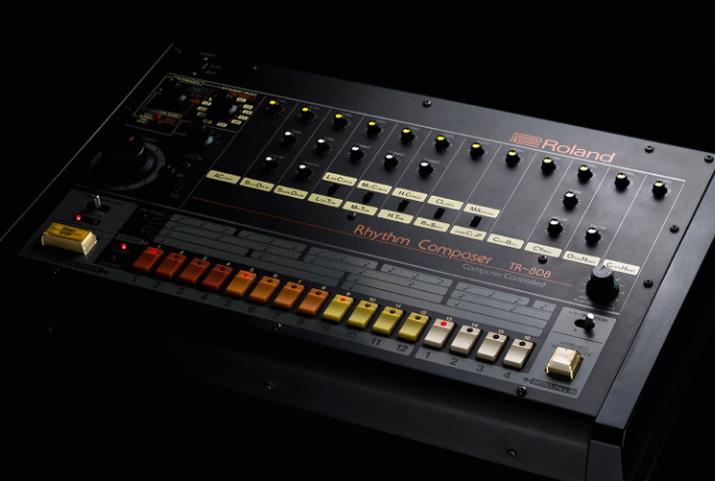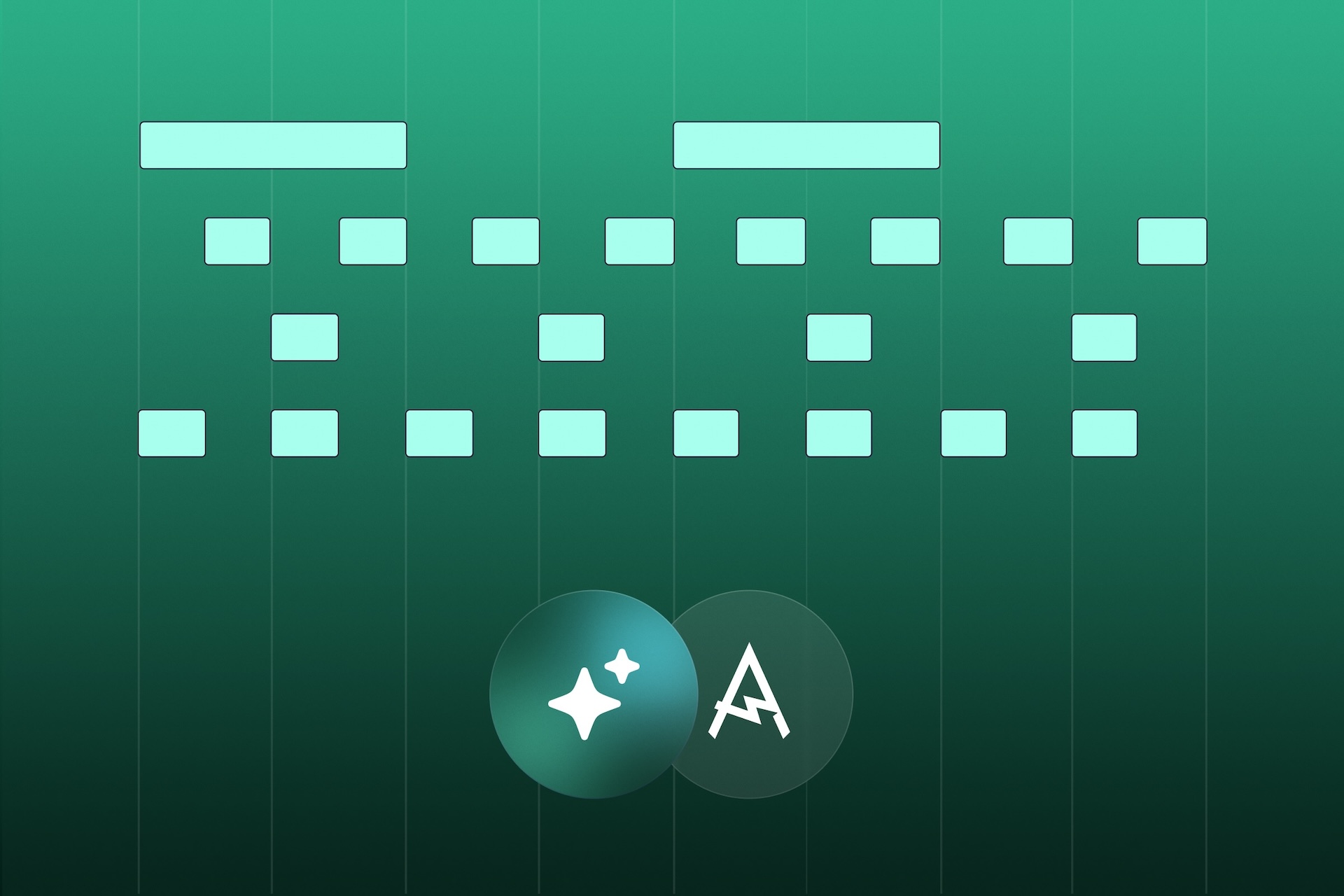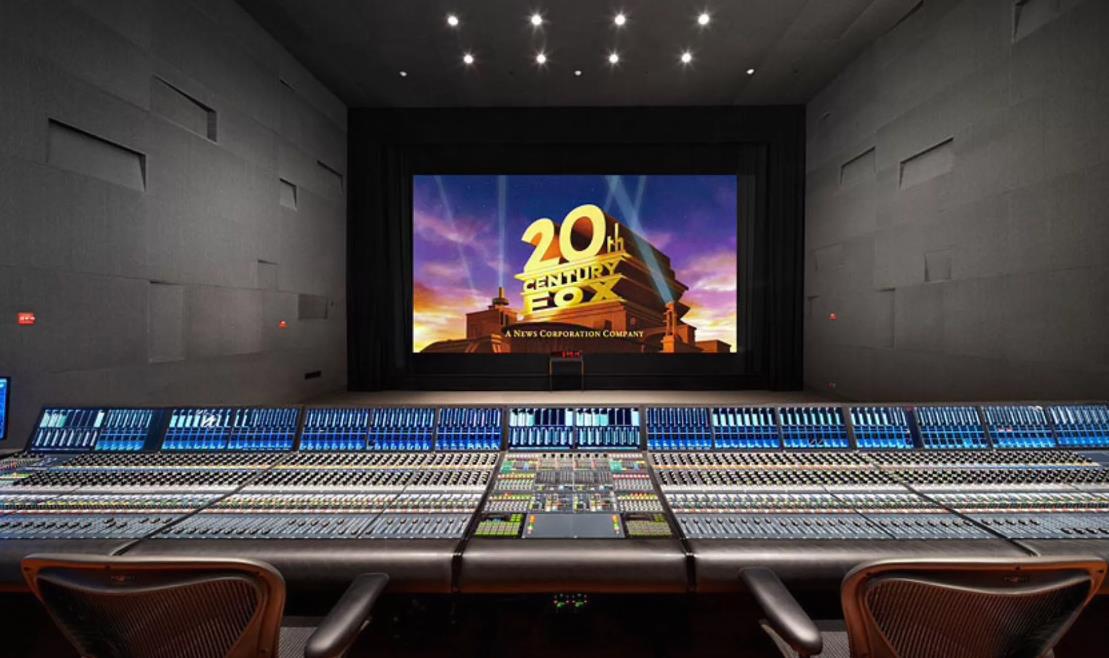VST2 vs VST3
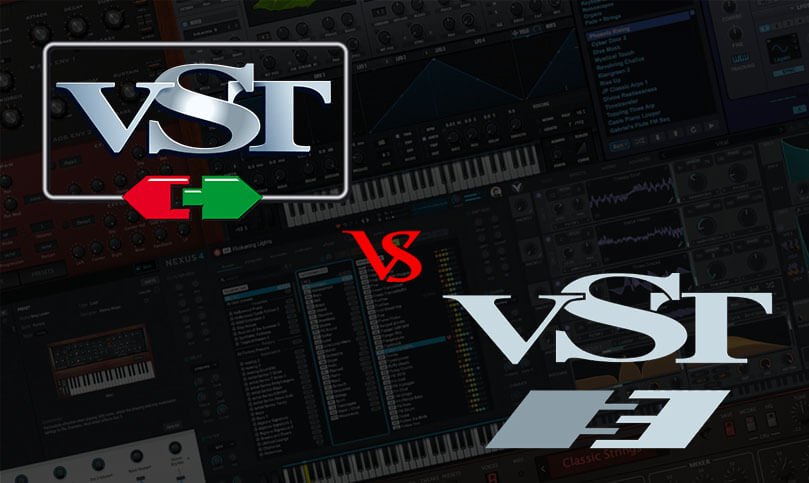
Today we will talk about VST3, what kind of technology it is, what opportunities it provides (and the opportunities are practically unshakable), and why it has become so popular and in demand in the music industry.
The abbreviation VST stands for Virtual Studio Technology. It is a special protocol for transmitting and processing sound, which you can work with using your DAW (Digital Audio Workstation). To put it simply, VST is a format of plugins, various effects and instruments that you can connect to your sequencer from the outside and process your sound with them using digital signal processing (DSP).
The technology itself was developed in 1996 by the German company Steinberg, the developer of Cubase. In its niche, it made a splash due to the fact that it allowed you to conveniently load any number of compressors, synthesizers, samplers, reverbs, equalizers and similar gadgets into the workstation interface. There was no longer a need to buy a large number of racks for various kinds of “hardware”, which often cost a lot and took up a lot of space. Steinberg made the technology open to developers, which contributed to the emergence of a huge number of both paid and free plugins on the market. All this significantly lowered the entry threshold into the industry for beginner musicians, and made it more accessible to representatives of professions related to music production (producers, sound engineers, etc.).
Today, VST remains the most common and popular audio plugin format. Released back in 1999, VST2 is still relevant today and is supported by most DAWs. Developed a little later, VST3 was a more flexible and functional format, but did not completely displace VST2, which is still deservedly popular.
Main differences between VST2 and VST3
VST3 is an updated form of plugins, released by Steinberg in 2008. It replaced VST2 and was a more flexible and productive solution for working with audio than its predecessor. VST3 uses computer resources more efficiently and gives developers and users more control.
VST2 and VST3 have a lot in common, but at the same time have a number of fundamental differences that are of great importance to both developers and musicians. VST3 is not just an update, it is a noticeable step forward in terms of flexibility and performance of plugins.
Main features of the format:
- Increased performance. VST3-based plugins are active only when an audio signal is received, which allows you to effectively save processor resources, especially when you have to work with a large number of tracks;
- More efficient routing with adaptation. VST3 plugins automatically adjust to the stereo version of the audio signal, be it mono, stereo or 5.1. There is no need to change the settings manually, the plugin itself determines how many outputs to use in a given situation;
- Advanced MIDI control. VST3 is more integrated with external MIDI controllers, compared to VST2. It is easier to configure the routing of parameters, which is especially important for live performances that require real-time sound processing;
- Audio support. VST3 can receive an audio signal in addition to MIDI, which significantly expands the possibilities in terms of sound processing;
- Support for multiple MIDI inputs and outputs. Unlike VST2, in this case you can work with several MIDI streams at once, which greatly simplifies complex sound settings when working with several devices and instruments and opens up more possibilities;
- Support for several languages. VST3 is multilingual, supports a large number of languages and samples, unlike VST, which only has English in its arsenal;
- Built-in sidechain. VST3 implements sidechain support at the level of the built-in standard, which does not require additional workarounds. Thus, working with compression and other effects becomes much easier and faster;
- High automation accuracy. The degree of automation accuracy reaches 1 sample, which is very important when working with projects saturated with high dynamics of changes in the form of sharp effects;
- Interface flexibility. The interface of VST3 plugins is more flexible in configuration in terms of visual adaptation, which makes working with them more convenient and intuitive.
Pros and Cons of VST and VST3: What’s Important to Know Before Choosing
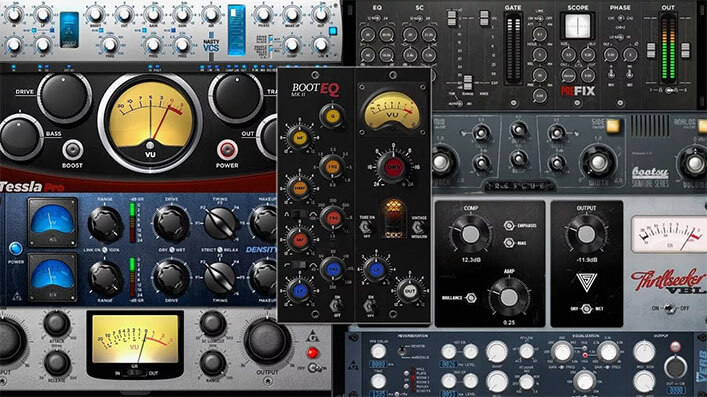
At first glance, it may seem that when choosing VST2 vs. VST3, the choice is obvious in favor of the latter: new development, more possibilities, more functions. However, it is not that simple. Everything has its strengths and weaknesses, which cannot be ignored when working with your projects.
VST2 has long been established in music software. Many experienced producers value them for their reliability and stability, proven over the years. They have proven themselves well over many years of work, so many musicians do not want to change them for something new.
With VST3, everything is not so clear. The first versions, released back in 2008, often crashed, so they caused skepticism among many. Over the years, this was all corrected, but a negative reputational trail still remained, especially among those who encountered problems in the first years of working with VST3.
It is also important to understand that while VST3 offers greater functionality and performance, this is only on condition that developers implement these functions. In fact, it often turns out that they simply copy versions of VST2 plugins, integrating them into the new format without any major changes, and the plugin seems new on the outside, but inside everything is the same.
However, it is important to understand that VST2 is no longer being developed. Steinberg has stopped supporting the format and no longer licenses it to other developers. Plugins do not receive updates, and you will not be able to get technical support. Modern DAWs are also gradually abandoning it.
VST3 is the future, but with nuances. Full implementation of its capabilities will require some effort from developers, which not everyone is making yet. If you value stability and predictability, then many digital stations still support VST2. However, if you want to keep up with the times, are looking for maximum opportunities and work with new DAWs, then it is better to look towards 3rd generation plugins.
There is only one conclusion: everything depends on the specific plugin and its developer; the format itself does not decide anything, so a trial and error approach is appropriate here.
What about compatibility with VST3? Spoiler: not everything is so clear-cut
Despite all the technological superiority of VST3, the issue of its support is not universal. Many old versions of DAWs and lightweight editors still work only with VST2. This is true for a large number of plugins developed before the advent of VST3, but never updated.
Most popular digital workstations, such as Cubase, FL Studio, Logic, Pro Tools, Ableton Live, have integrated VST3 support along with VST2. Thus, most work scenarios should not cause stability problems.
Regarding support for the new format, Steinberg says the following:
“VST3 was an important development point in the field of audio technology. A completely rewritten code provided the platform not only with new features, but also with the most stable and reliable architecture of all VST versions.”
Which to choose: VST 2 or VST 3?
Some may think that VST2 should have been sent to the back burner long ago, since VST3 offers a wider range of functionality and a pool of possibilities. Here, everything depends more on what plugins from which developers you use.
Many plugins are still released in both formats. VST2 also often work much more stably. And in this situation, if you have a stack of plugins that you have already formed over many years and are used to working with, then there is no point in giving up what has been tested by time.
Nevertheless, if you are only planning to assemble a setup of functionality for further work taking into account modern trends, then you should still pay attention to VST3. It is gradually becoming a standard, offers a wider range of functionality and is much more flexibly integrated into new versions of various digital audio stations.
VST2 vs VST3 in Amped Studio
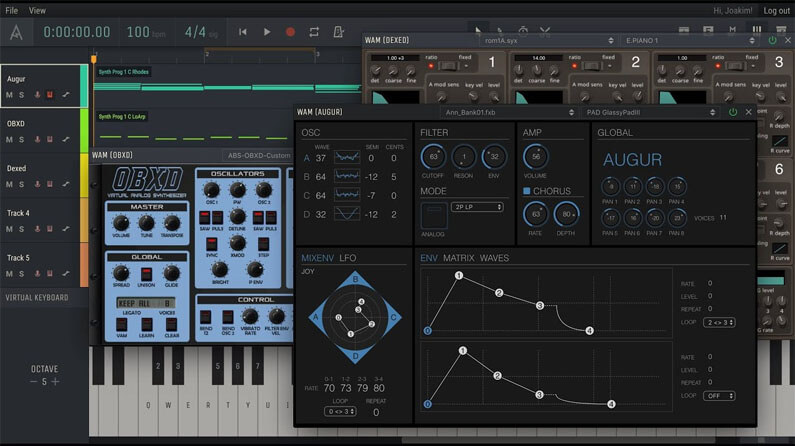
Amped Studio is the first online DAW that supports VST connectivity. Both 2nd and 3rd generation plugins are supported. For beginners, this may not be such a significant feature, but over time, many may begin to miss the standard functionality, so there will be a need to expand their sauna design and sound editing capabilities.
Below you can see the instructions on how to connect VST plugins in Amped Studio.
Conclusion about VT2 vs VST3
VST2 and VST3 are 2 generations of the same software standard – Virtual Studio Technology. They have the same purpose – connecting sound effects and instruments to DAW, but they differ in the breadth of their functionality.
VST3 is a more modern format, it provides the following features:
- more rational use of system resources;
- an expanded range of capabilities for working with MIDI, in particular with multiple inputs and outputs;
- sidechain support by default;
- precise automation up to 1 sample;
- greater flexibility of the plugin interface.
But despite all this, VST is still relevant, especially in projects that use old projects and DAWs that do not support VST3.
An adequate understanding of the difference between both versions allows you not only to competently organize your workflow, but also to correctly adapt to the implementation of tasks depending on their purpose – be it recording, arrangement or live performances.
Frequently asked questions: VST2 and VST3 — what’s the difference?
What are VST plugins anyway?
VST (Virtual Studio Technology) is a plugin format that allows you to connect instruments and effects to various DAWs.
What is the difference between VST2 and VST3?
VST3 is a new generation format released by Steinberg, which offers more features than VST2, for example, it is more efficient in consuming computer resources, supports more automation functions, has a built-in sidechain, and much more.
What are the advantages of VST3?
- Support for dynamic control of inputs and outputs (those that are not used are not loaded);
- Improved work with automation;
- Support for multi-channel audio;
- VST3 understands when it is not being used and therefore turns off so as not to load the processor.
Can VST2 and VST3 work in the same DAW?
Yes, provided that both formats are supported. However, many modern DAWs are gradually abandoning support for VST2.
Can I continue to use VST2 plugins?
Yes, of course, if your DAW supports this format, but it is worth remembering that Steinberg has stopped issuing licenses for VST2, and the development of new plugins is mainly carried out on VST3.
Could it happen that VST2 will no longer be supported at all?
It is possible. Some digital audio workstations have already completely abandoned support for VST2, so it is worth considering a gradual transition to the 3rd generation of the format.
Is VST3 always 64-bit?
Not always. There are 32-bit VST3, but most modern DAWs work with 64-bit versions, primarily on Mac and Windows 10+.
Why are some plugins still released in VST2 format?
Sometimes developers do this to ensure compatibility of plugins with older DAWs, or because of the specifics of their engine. However, this happens less and less often.



